Home>Articles>How Many Boxes Of Flooring Do I Need Calculator
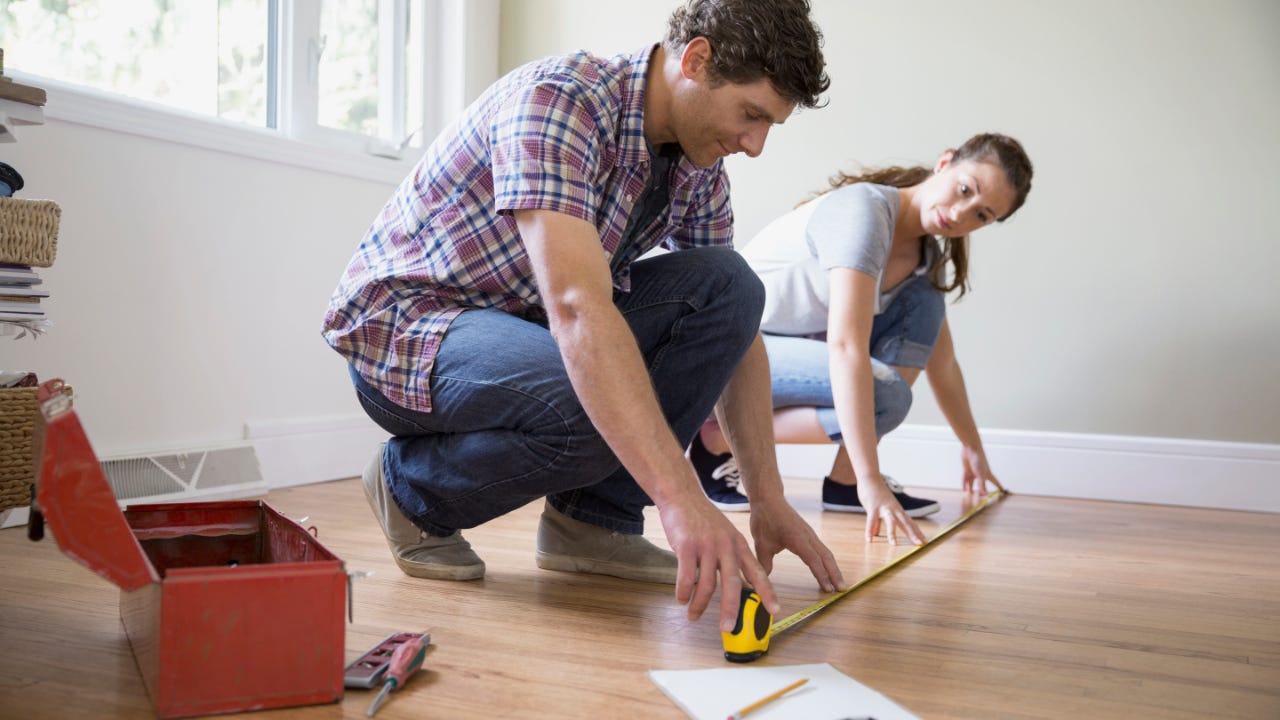

Articles
How Many Boxes Of Flooring Do I Need Calculator
Modified: February 29, 2024
Calculate how many boxes of flooring you need for your interior design project with our handy calculator. Simplify your planning process and ensure you have enough materials to complete your flooring installation seamlessly.
(Many of the links in this article redirect to a specific reviewed product. Your purchase of these products through affiliate links helps to generate commission for Storables.com, at no extra cost. Learn more)
Introduction
Welcome to the world of home improvement where you are about to embark on a flooring project. Whether you’re renovating your entire house or just sprucing up a single room, one of the most important things to consider is how many boxes of flooring you will need. The last thing you want is to run out of materials halfway through the installation, causing delays and frustration.
But fear not! We have the solution to your problem – the flooring calculator. With this handy tool, you can quickly and accurately determine the number of boxes of flooring required for your project. In this article, we will break down the process and guide you through each step so that you can confidently tackle your flooring project.
Before we dive into the calculator, it’s essential to understand how flooring measurements work and the factors that can affect the amount of material needed. By familiarizing yourself with these concepts, you’ll be better equipped to make accurate calculations.
Key Takeaways:
- Ensure accurate flooring measurements by considering square footage and square meters, and factoring in extra materials for cuts, waste, and pattern matching to avoid running out of flooring materials during installation.
- Utilize a flooring calculator to simplify the process of determining the number of boxes needed for your project, while also considering factors like room shape, direction of installation, and additional spaces to ensure a smooth and successful flooring installation.
Read more: How Many Boxes Of Diapers Do I Need
Understanding Flooring Measurements
When it comes to flooring, measurements are crucial for determining the amount of material needed. There are two primary measurements to consider – square footage and square meters. Square footage is commonly used in the United States, whereas square meters are more commonly used in many other parts of the world.
To determine the square footage of a room, you simply need to measure the length and width of the space and multiply them together. For example, if a room is 10 feet long and 12 feet wide, the square footage would be 120 square feet.
On the other hand, if you prefer using the metric system, you can measure the length and width of the room in meters and multiply them together to get the square meter measurement. For example, if a room is 3 meters long and 4 meters wide, the square meter measurement would be 12 square meters.
It’s important to note that some manufacturers may provide the coverage per box in square footage, while others may provide it in square meters. Hence, understanding both measurements is essential for accurately calculating the number of boxes needed.
Furthermore, keep in mind that flooring installations often require extra materials due to cuts, waste, and pattern matching. It’s recommended to factor in an additional 5-10% of flooring material to account for these elements. This ensures you have enough material on hand to complete your project without any hiccups.
Now that we have a good understanding of flooring measurements, let’s move on to the factors that can influence the amount of flooring material required.
Factors to Consider
When determining how many boxes of flooring you need, there are several factors to consider to ensure accurate calculations. By taking these factors into account, you’ll be able to account for any additional material or adjustments that might be required for your specific project:
- Room Shape: The shape of the room can impact the amount of flooring needed. Irregularly shaped rooms, such as those with alcoves or rounded corners, may require additional cuts and adjustments, resulting in more waste.
- Direction of Installation: The direction in which the flooring will be installed can impact the number of boxes needed. For example, if you’re installing the flooring lengthwise in a long rectangular room, you may need fewer boxes compared to installing it widthwise.
- Additional Rooms or Spaces: If your flooring project extends to multiple rooms or spaces, make sure to account for each area separately. Measure and calculate the square footage or square meterage of each room, and don’t forget to include any hallways or closets.
- Staircases: If you’re installing flooring on staircases, take into consideration the additional material required for the treads, risers, and landings. Stairs often require custom cuts and an increased amount of waste, so it’s essential to measure and calculate accordingly.
- Pattern Matching: If you’re planning to install a flooring design that requires pattern matching, you may need additional material to ensure a seamless look. This is especially true for intricate patterns or larger rooms where multiple boxes need to be opened to achieve the desired effect.
- Flooring Transitions: If your flooring project involves transitioning between different flooring materials or rooms with different flooring types, you may need additional materials such as transition strips or trim.
By considering these factors, you’ll be able to make more accurate calculations and ensure that you have enough boxes of flooring to complete your project without any setbacks.
Calculating the Total Area
Before we can determine the number of boxes of flooring needed, we must calculate the total area of the space where the flooring will be installed. This measurement will serve as the basis for our calculations.
To calculate the total area, follow these simple steps:
- Measure the Length and Width: Using a tape measure, measure the length and width of the room in either feet or meters, depending on your preferred measurement system. Make sure to measure the longest points of the room for accurate results.
- Multiply Length by Width: Once you have the length and width measurements, multiply them together. This will give you the total square footage or square meterage of the room.
- Consider Extra Areas: Don’t forget to include any additional areas, such as alcoves, closets, or hallways, if applicable. Measure and calculate their square footage or square meterage separately, and add it to the total area.
For example, let’s say you have a rectangular room that is 15 feet long and 12 feet wide. You would multiply 15 by 12 to get a total area of 180 square feet. Similarly, if you have a room that is 5 meters long and 4 meters wide, you would multiply 5 by 4 to get a total area of 20 square meters.
It’s important to ensure all measurements are in the same unit (either feet or meters) before performing the calculations to avoid any errors. Once you have the total area determined, we can move on to the next step of determining the box coverage.
To calculate the number of boxes of flooring needed, measure the length and width of the room, then divide by the coverage area of each box. Add 10% for waste.
Determining the Box Coverage
Now that we have the total area calculated, the next step is to determine the coverage provided by each box of flooring. Different flooring manufacturers may offer varying coverage per box, depending on the product and its dimensions.
To find the box coverage, follow these steps:
- Check the Packaging: Look at the packaging of the flooring material or consult the manufacturer’s specifications to find the coverage per box. This is typically expressed in either square footage or square meters.
- Convert Units (If Needed): If the coverage is provided in a unit different from the one used in your total area calculation, convert it using the appropriate conversion factor. For example, if the coverage is given in square meters and your total area is in square feet, convert the coverage to square feet.
- Calculate the Coverage: Divide the total area by the box coverage to determine the number of boxes needed. Round up to the nearest whole number, as it is always better to have a little extra material than to run out in the middle of the project.
For example, if a box of flooring covers 20 square feet and your total area is 180 square feet, you would divide 180 by 20 to get 9. Therefore, you would need at least 9 boxes of flooring. If the calculated value is a decimal, always round up to the nearest whole number.
Keep in mind that the box coverage provided by the manufacturer is an estimate, and factors such as pattern matching, large cuts, waste, or specific installation techniques may affect the actual number of boxes required. It’s always a good idea to have a few extra boxes on hand, just in case.
With the box coverage determined, we can now move on to using the flooring calculator to simplify the calculation process.
Read more: How Many Bricks Do I Need For A Patio
Using the Flooring Calculator
The flooring calculator is a helpful tool that streamlines the process of determining how many boxes of flooring you need for your project. It eliminates the need for manual calculations and provides you with accurate results quickly.
Here’s how to use the flooring calculator:
- Access the Calculator: Visit a trusted flooring calculator website or use a mobile app that offers the feature.
- Select the Unit of Measurement: Choose whether you want to work with square feet or square meters, depending on your preferred measurement system.
- Enter the Room Dimensions: Input the length and width of the room into the designated fields. If there are any additional areas, such as alcoves or closets, add those measurements as well.
- Enter the Box Coverage: Fill in the coverage provided by each box of flooring, whether it’s given in square footage or square meters.
- Click Calculate: Once you’ve entered all the necessary information, click the calculate button. The flooring calculator will instantly provide you with the number of boxes needed for your project.
Using the calculator saves you time and ensures accuracy in your calculations. It also allows you to make adjustments on the spot if you need to account for additional factors like waste, pattern matching, or custom cuts.
Remember, while the flooring calculator is a convenient tool, it’s always a good idea to double-check the results and add an extra box or two to your order, as unforeseen circumstances may arise during the installation process.
Now, let’s walk through an example calculation that demonstrates how the flooring calculator works in practice.
Example Calculation
Let’s say you have a room that measures 12 feet in length and 10 feet in width. You plan to install laminate flooring that provides a coverage of 22 square feet per box. To determine how many boxes of flooring you need, follow these steps:
- Calculate the Total Area: Multiply the length (12 feet) by the width (10 feet) to get the total area. In this case, the total area is 120 square feet.
- Determine the Box Coverage: The box coverage is given as 22 square feet per box.
- Divide to Find the Number of Boxes: Divide the total area (120 square feet) by the box coverage (22 square feet). The result is 5.45.
- Round Up: Round up the calculated value to the nearest whole number. In this case, round 5.45 up to 6.
Based on this example calculation, you would need 6 boxes of laminate flooring to cover the given room. Remember, it’s always better to have a little extra material than to run out in the middle of the project, so consider adding an extra box or two to your order.
By utilizing the flooring calculator, you can easily adapt this example to your specific room dimensions, box coverage, and preferred unit of measurement. It provides a hassle-free way to accurately determine the number of boxes needed for your flooring project.
Now that you understand how the flooring calculator works and have seen an example calculation in action, you’re ready to confidently plan your next flooring project!
Conclusion
Calculating how many boxes of flooring you need for your project is an essential step in ensuring a smooth and successful installation. With the help of a flooring calculator and a clear understanding of the factors involved, you can confidently determine the right amount of material to purchase.
By considering the room shape, direction of installation, additional rooms or spaces, staircases, pattern matching, and flooring transitions, you can make accurate calculations and account for any possible waste or adjustments. This will help you avoid the inconvenience of running out of flooring material during the installation process.
Using the flooring calculator simplifies the calculation process by eliminating the need for manual calculations. By inputting the room dimensions and the box coverage provided by the manufacturer, you can quickly determine the number of boxes required for your project.
Remember, the box coverage provided by the manufacturer is an estimate, and it’s always a good idea to add an extra box or two to your order as a precaution. This ensures that you have enough flooring material to accommodate any unexpected circumstances that may arise during the installation process.
Now that you have the knowledge and tools to calculate how many boxes of flooring you need, you can confidently embark on your home improvement project. Enjoy the process of transforming your space and revel in the beauty of your new flooring!
Frequently Asked Questions about How Many Boxes Of Flooring Do I Need Calculator
Was this page helpful?
At Storables.com, we guarantee accurate and reliable information. Our content, validated by Expert Board Contributors, is crafted following stringent Editorial Policies. We're committed to providing you with well-researched, expert-backed insights for all your informational needs.
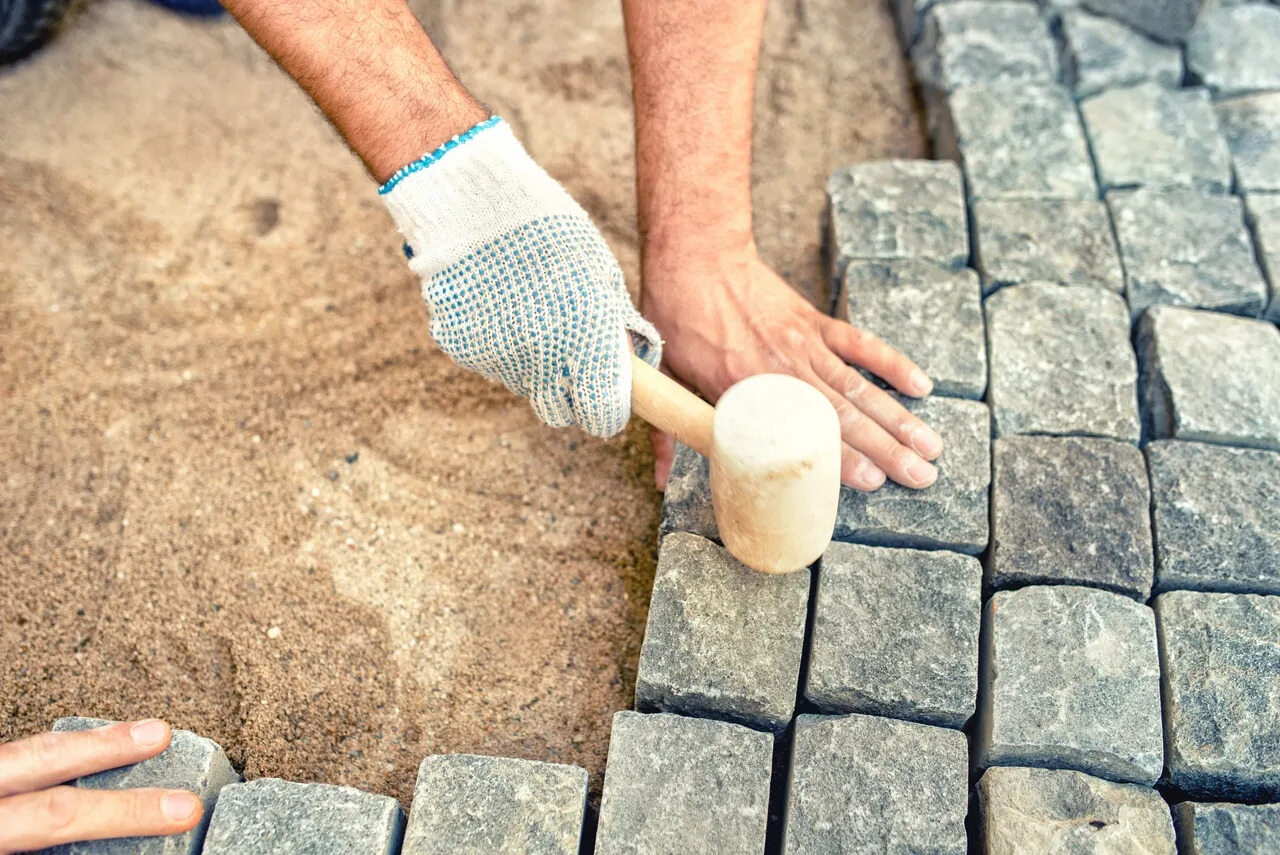
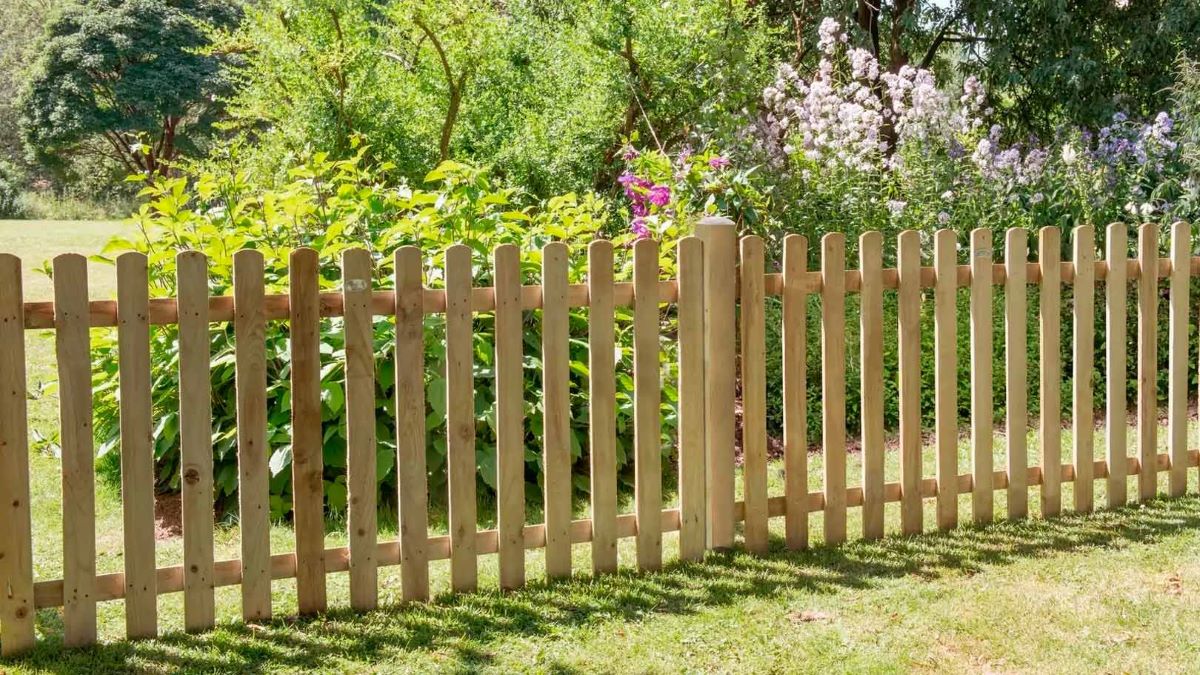




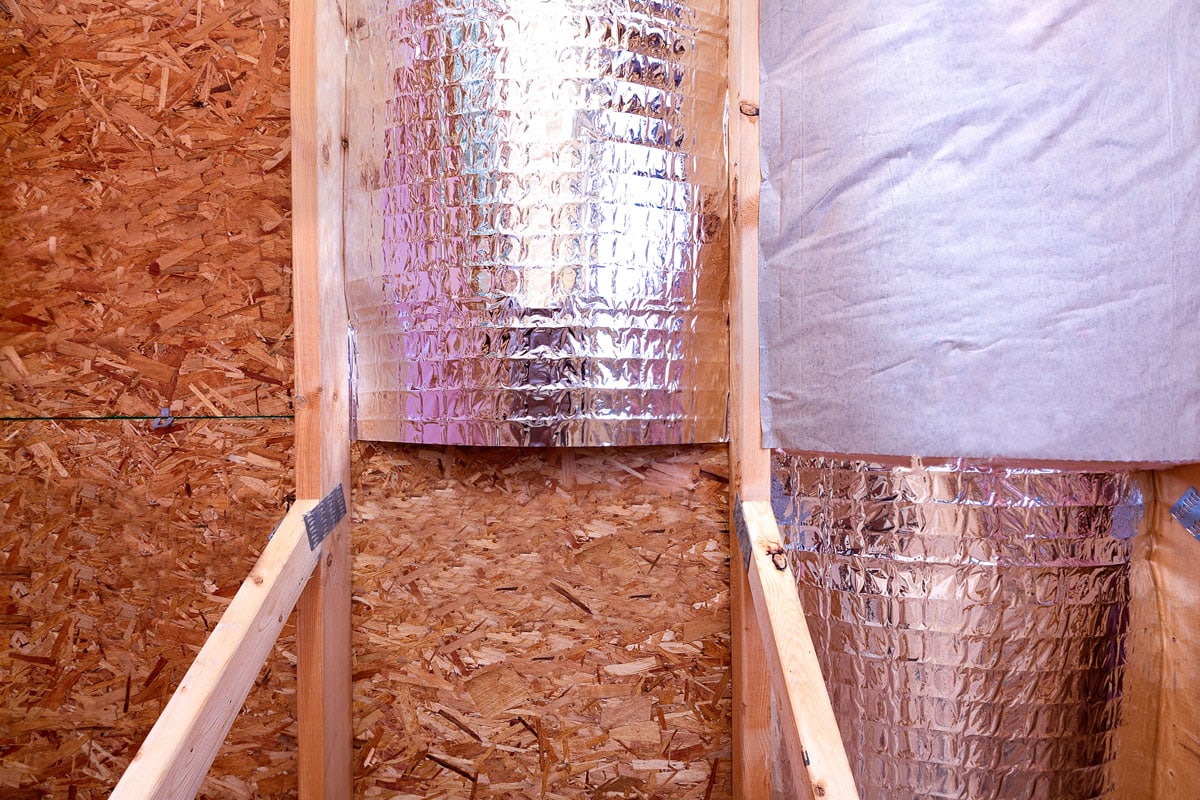

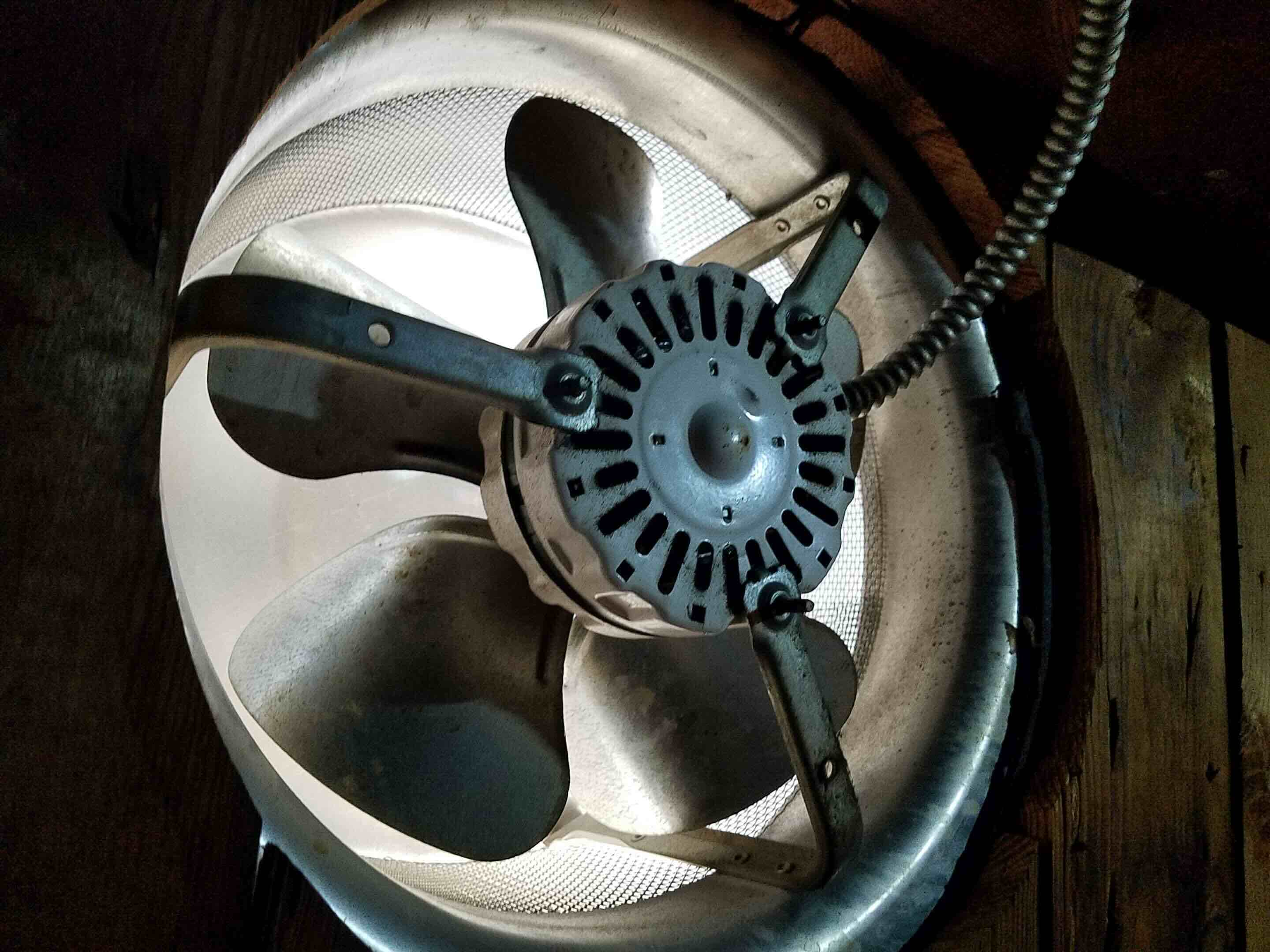
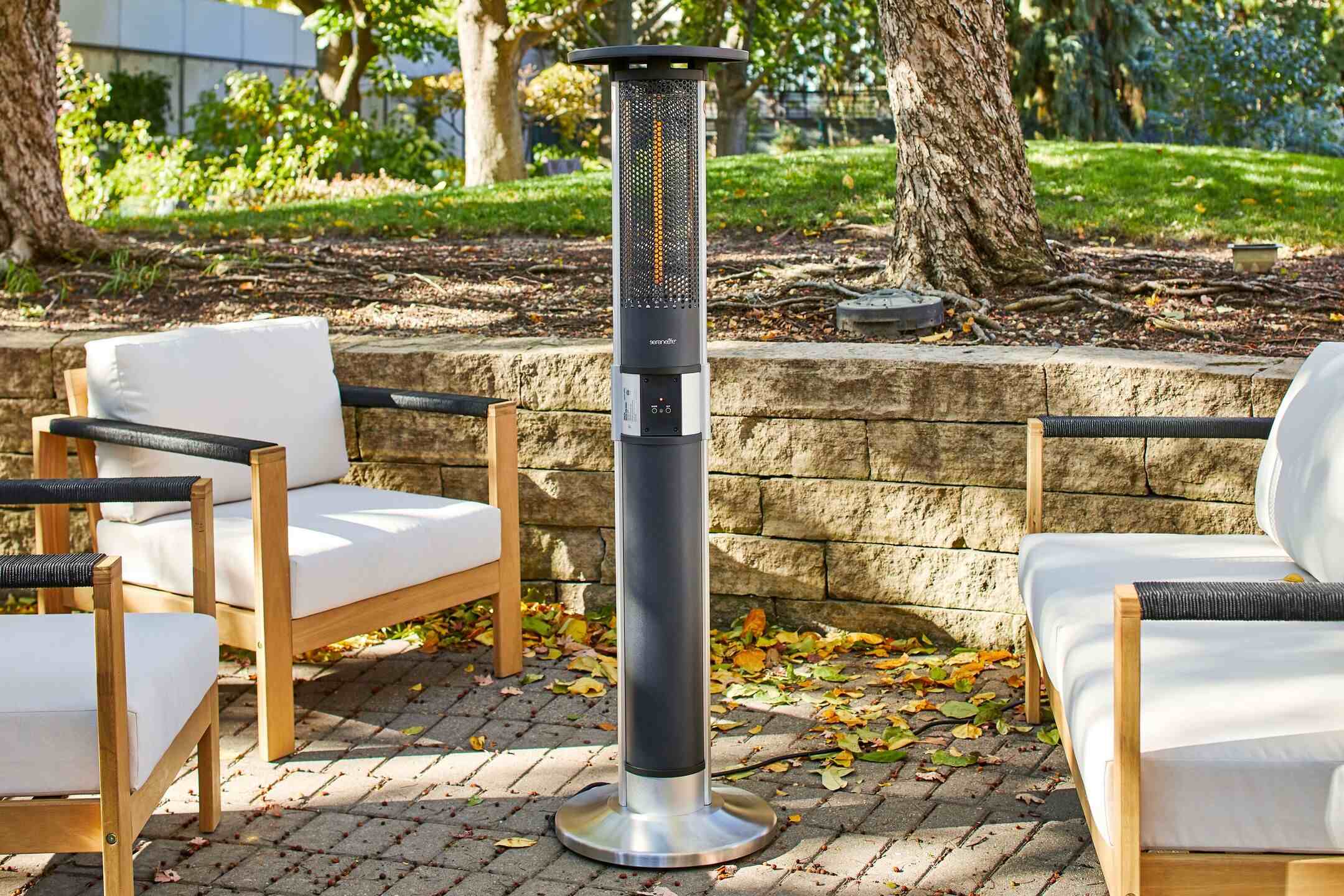
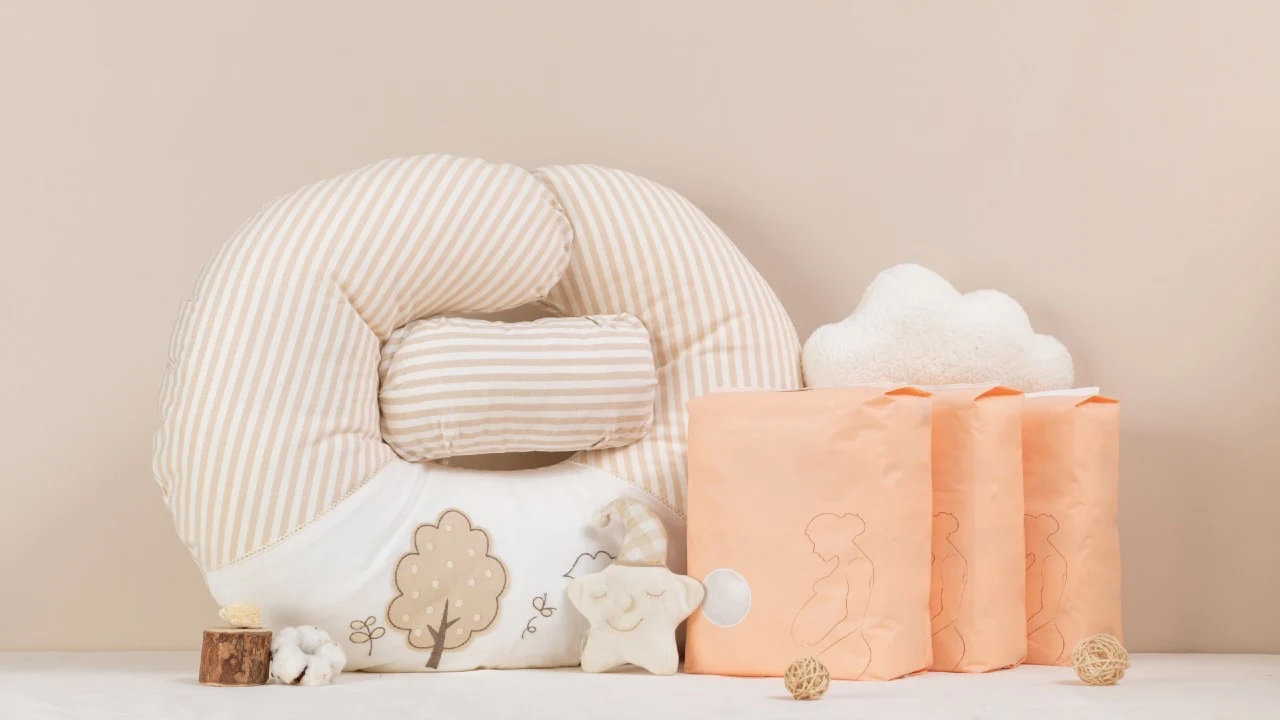
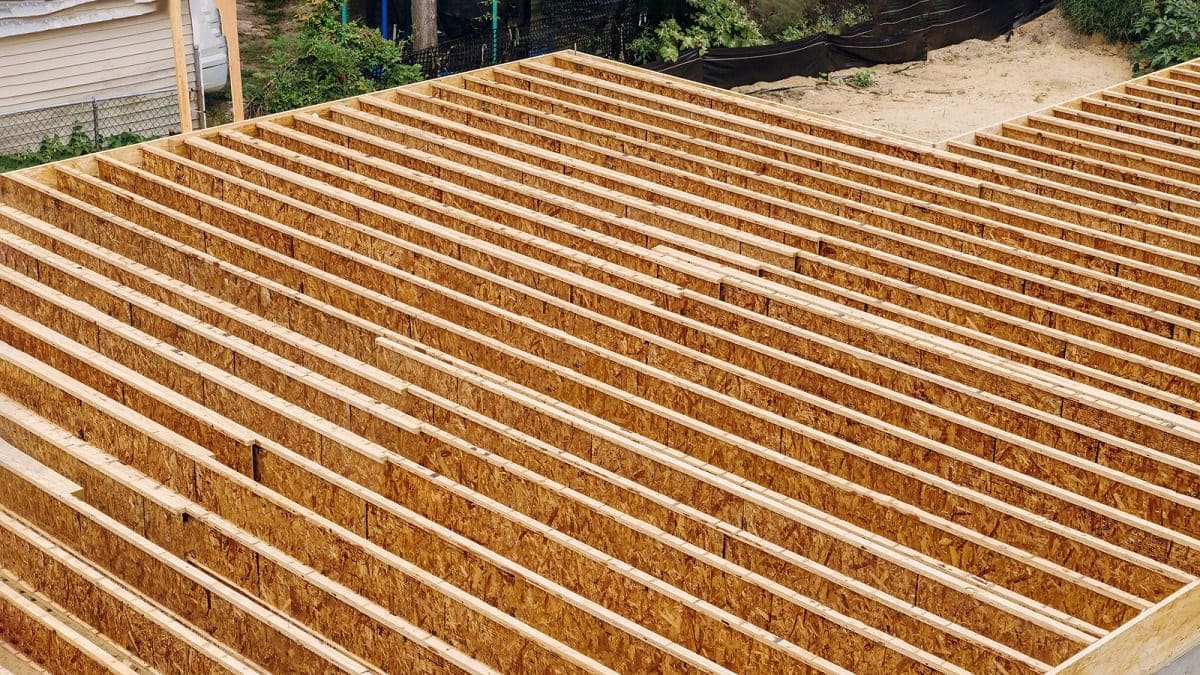
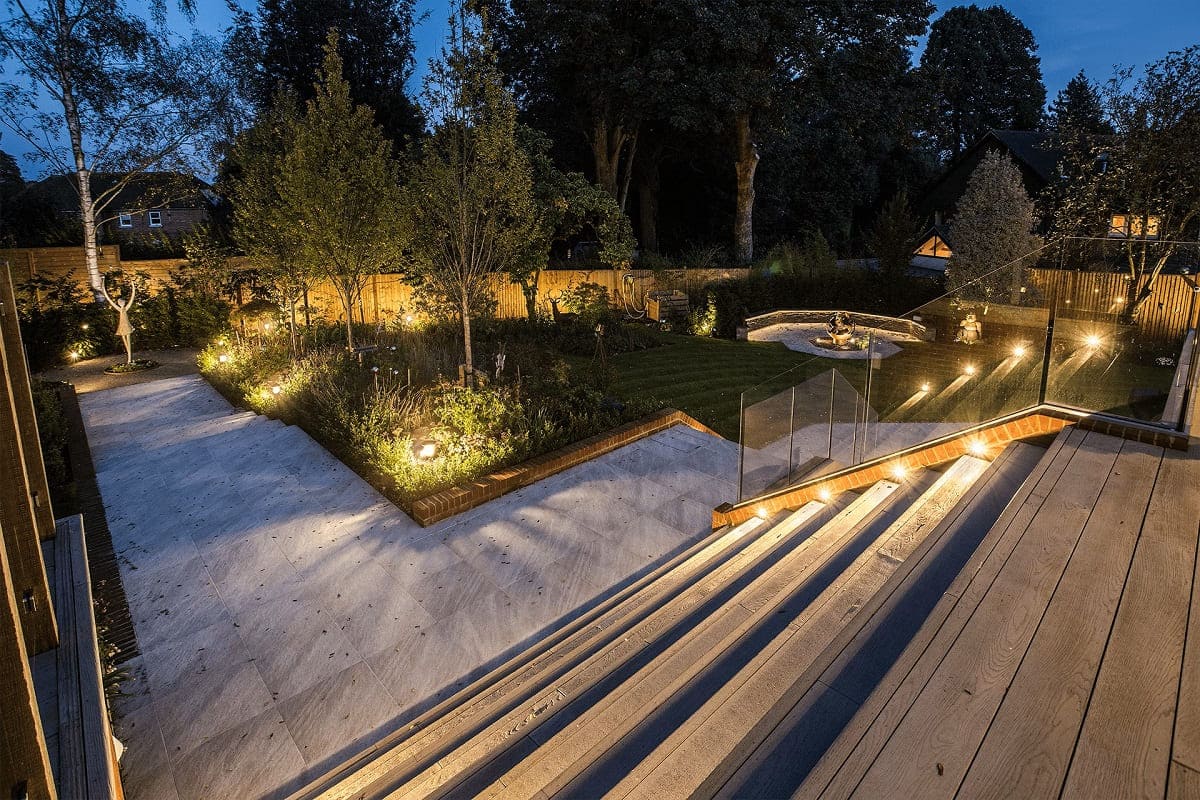
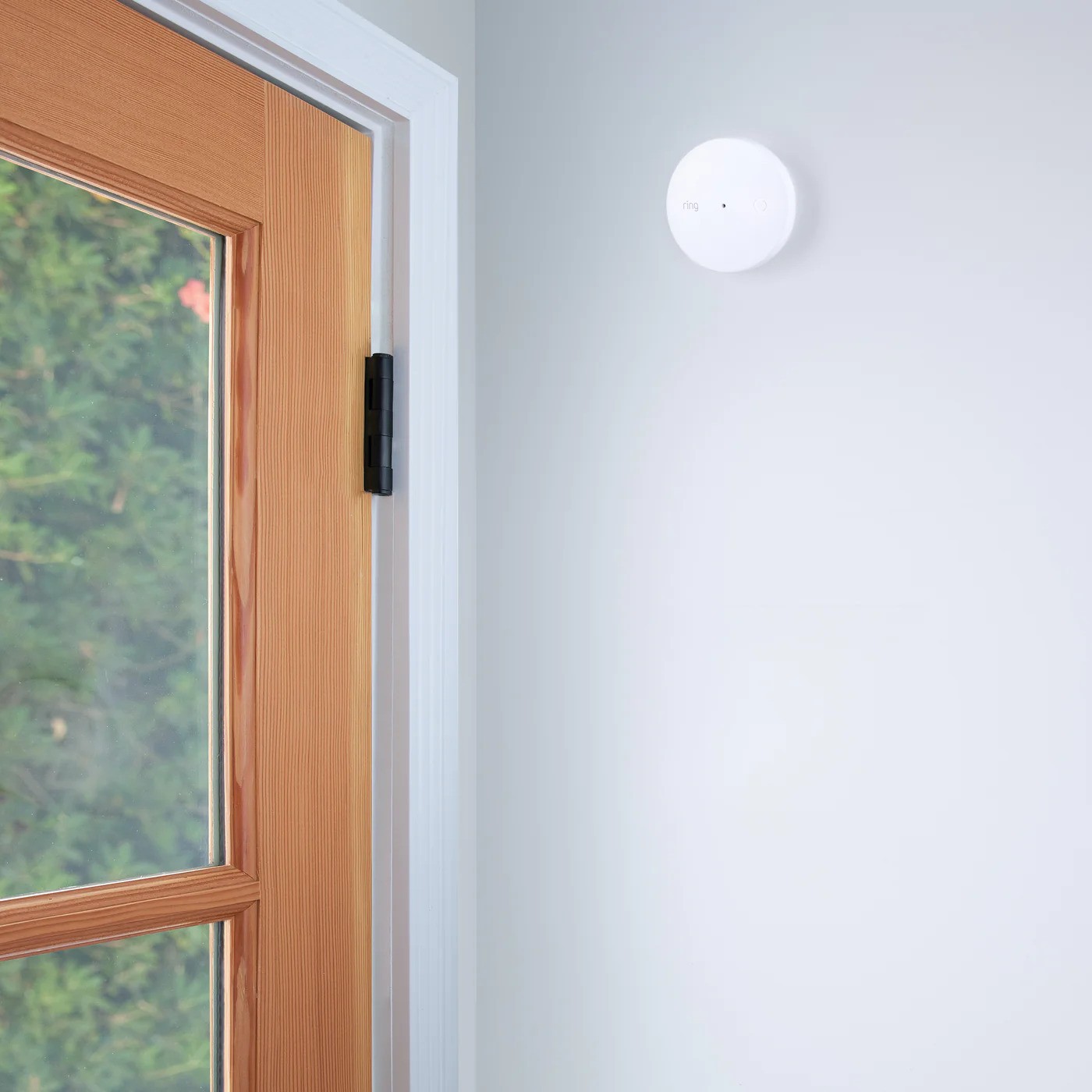

0 thoughts on “How Many Boxes Of Flooring Do I Need Calculator”